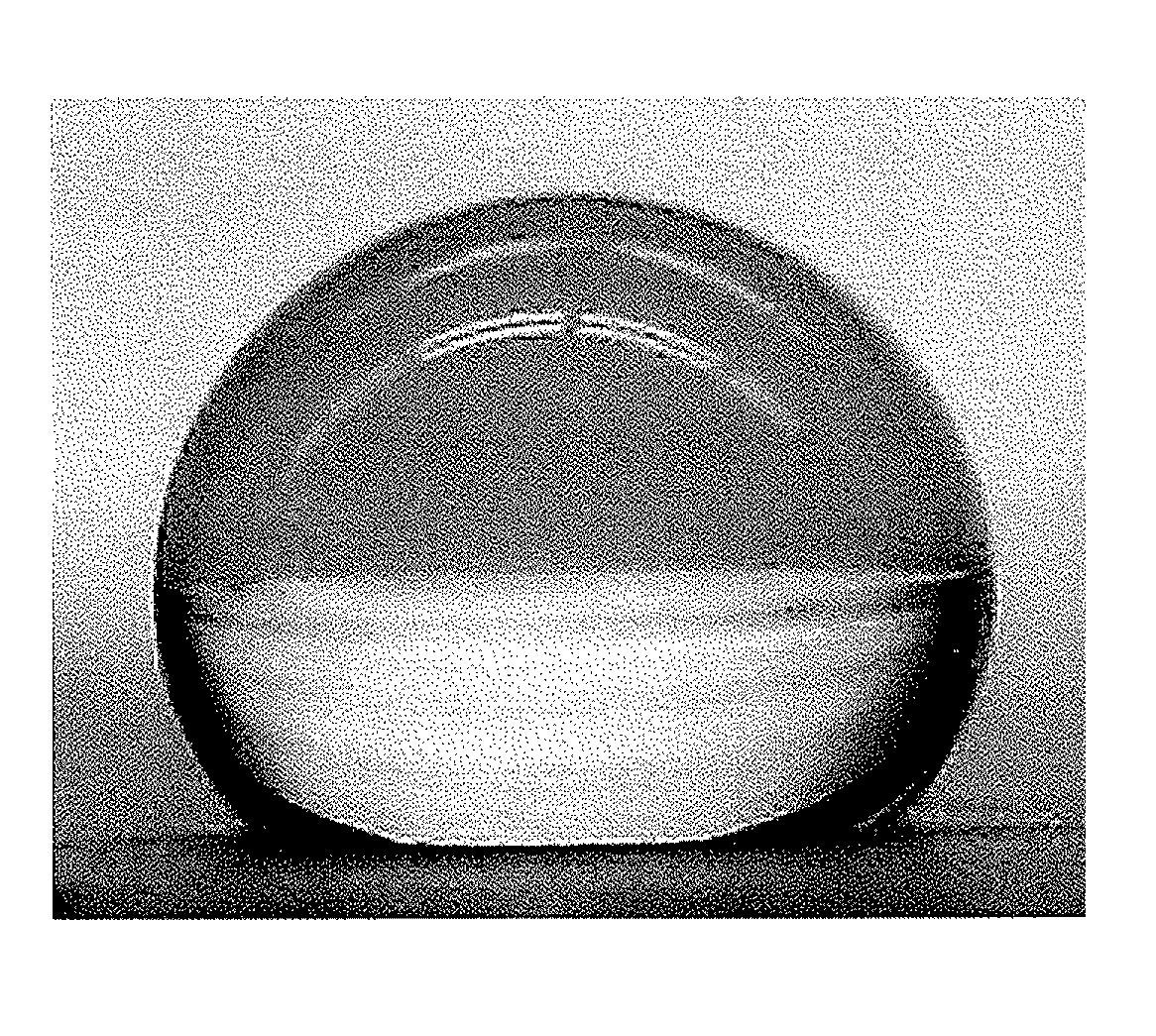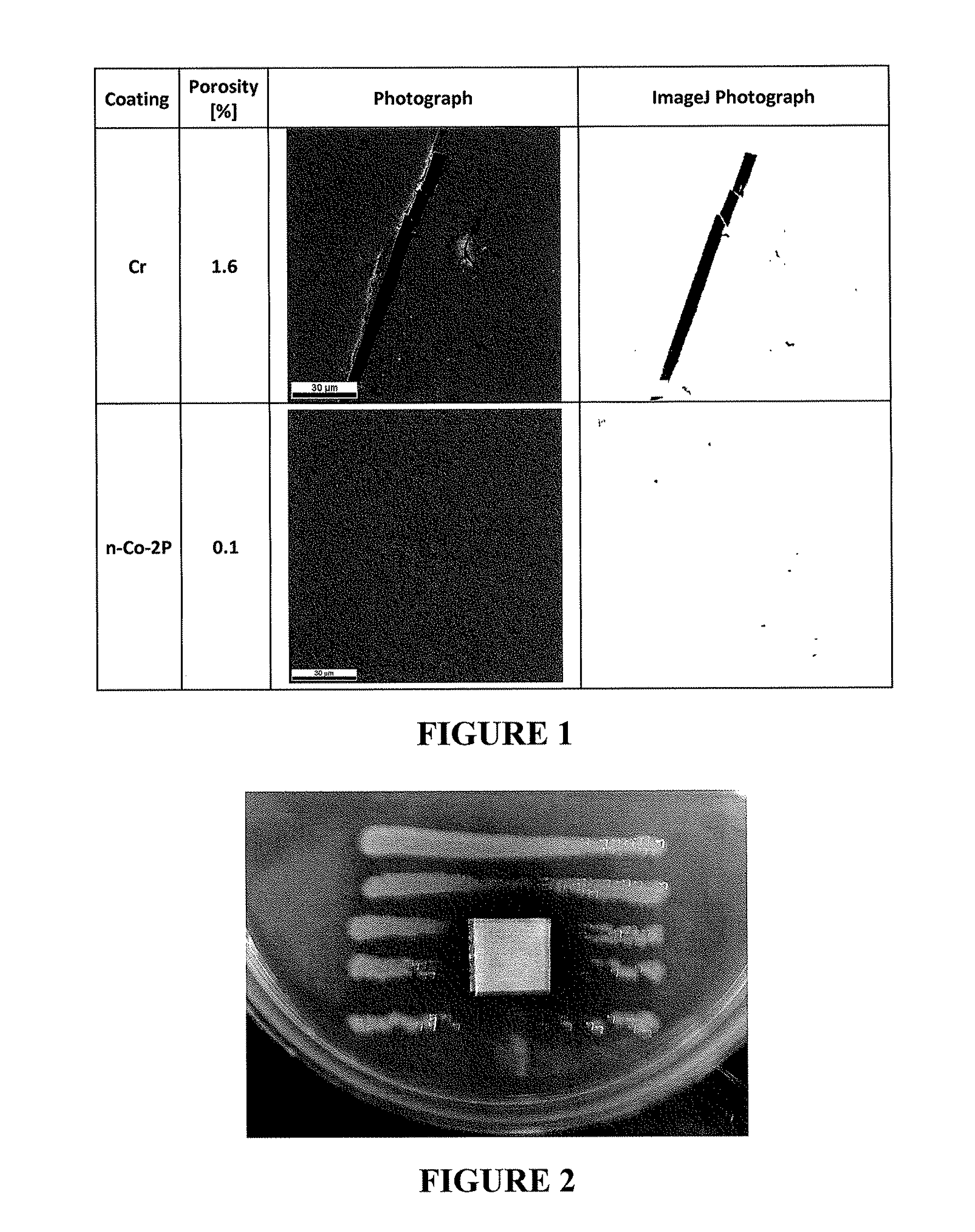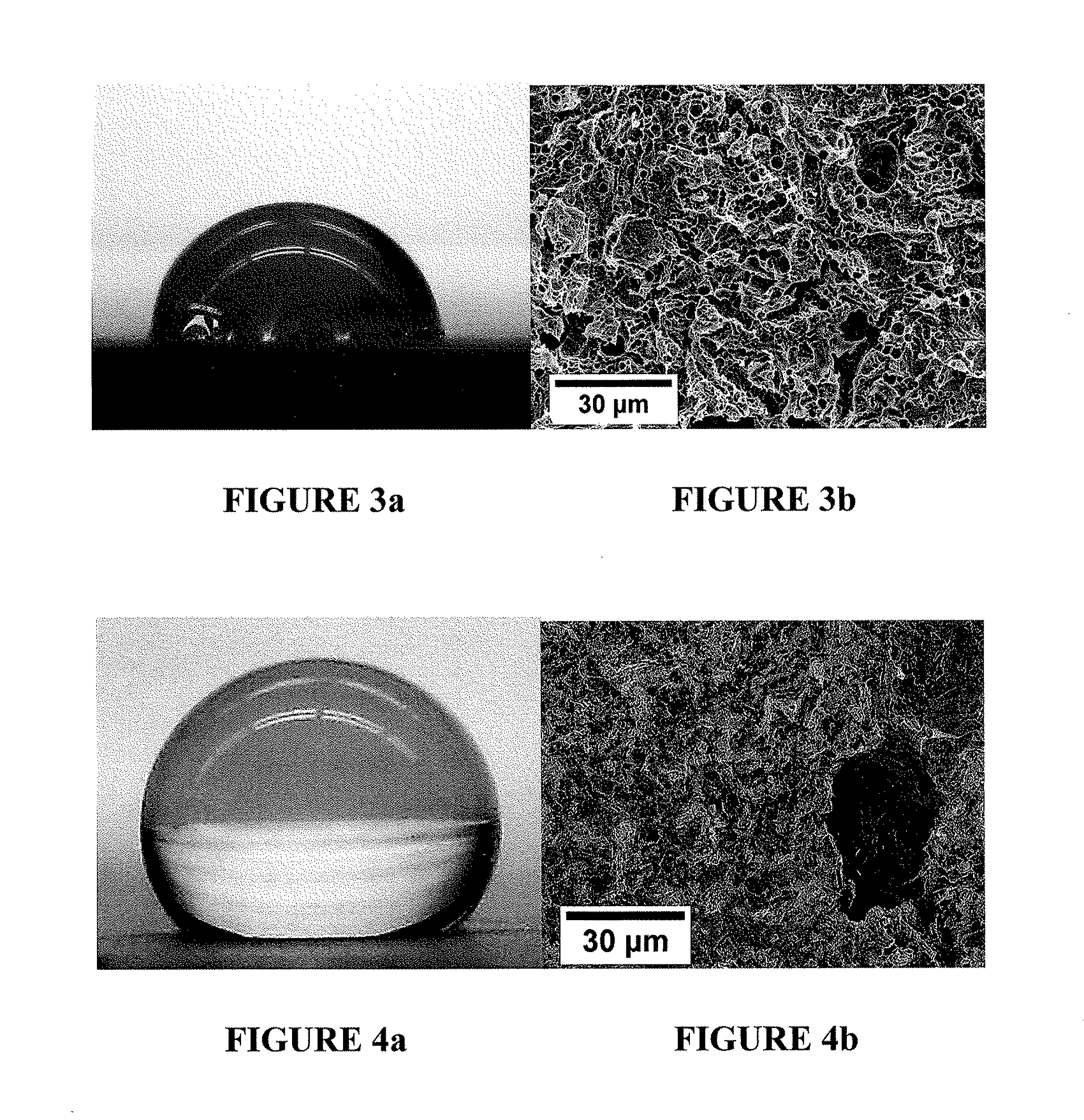Electrodeposited metallic materials comprising cobalt
a technology of electrodeposited metallic materials and cobalt, which is applied in the direction of electrolytic coatings, magnetic materials, printing, etc., can solve the problems of low current efficiency of hexavalent cr plating process, low deposition (or build) rate compared to the plating of other metals and alloys, and inability to meet the requirements of corrosion and/or fatigue resistance,
- Summary
- Abstract
- Description
- Claims
- Application Information
AI Technical Summary
Benefits of technology
Problems solved by technology
Method used
Image
Examples
Embodiment Construction
[0149]This invention relates to articles formed by electrodeposition by applying conforming, substantially porosity free, Co-bearing metallic layers having a fine-grained and / or amorphous microstructure to permanent or temporary substrates. Compared to Cr coatings a significant reduction in energy consumption and significant increases in coating throughput can be achieved with electrodeposited coatings / layers comprising Co metallic materials, alloys and metal matrix composites. The overall plating efficiency of the Co-comprising coatings / layers using an electrodeposition process ranges from 75% to 99%, compared to less than 35% for Cr. Furthermore, Co-comprising coatings / layers can be deposited at high deposition rates, ranging from five to twenty times typical Cr deposition rates.
[0150]Unlike conventional Co based coatings which have an average grain size exceeding 10 microns, fine-grained Co-comprising coatings of this invention have a preferred average grain size in the range of ...
PUM
| Property | Measurement | Unit |
|---|---|---|
| porosity | aaaaa | aaaaa |
| thickness | aaaaa | aaaaa |
| thickness | aaaaa | aaaaa |
Abstract
Description
Claims
Application Information
 Login to View More
Login to View More - R&D
- Intellectual Property
- Life Sciences
- Materials
- Tech Scout
- Unparalleled Data Quality
- Higher Quality Content
- 60% Fewer Hallucinations
Browse by: Latest US Patents, China's latest patents, Technical Efficacy Thesaurus, Application Domain, Technology Topic, Popular Technical Reports.
© 2025 PatSnap. All rights reserved.Legal|Privacy policy|Modern Slavery Act Transparency Statement|Sitemap|About US| Contact US: help@patsnap.com



